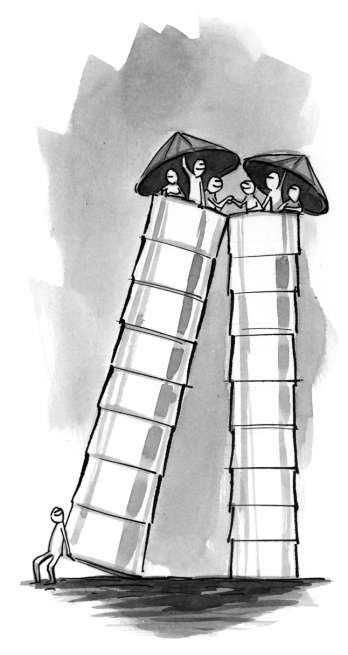Designing for services beyond the screen

The producer-consumer model is so ingrained in our society that we tend to treat everything like a product—a one-and-done offering that can be pushed to the market and forgotten. Yet, writes interaction and service design consultant Andy Polaine, online experiences are rarely so simple.
“Dividing businesses into silos, with each silo reporting back to management, worked well for industrial product companies: on an assembly line, each worker works on building the same object, such as a car, that never changes its planned final form over the course of assembly. Each task is repeatable and requires little or no interaction with other people—so much so that factory workers can be replaced by robots.
But services aren’t made on an assembly line. They are complex and difficult to get right, because your users might interact with the service across a wide array of touchpoints. You can’t predict precisely which of them each user will need, in what order she will encounter them, and who will help her along the way. The service is experienced differently by every person, because every person is different.”



